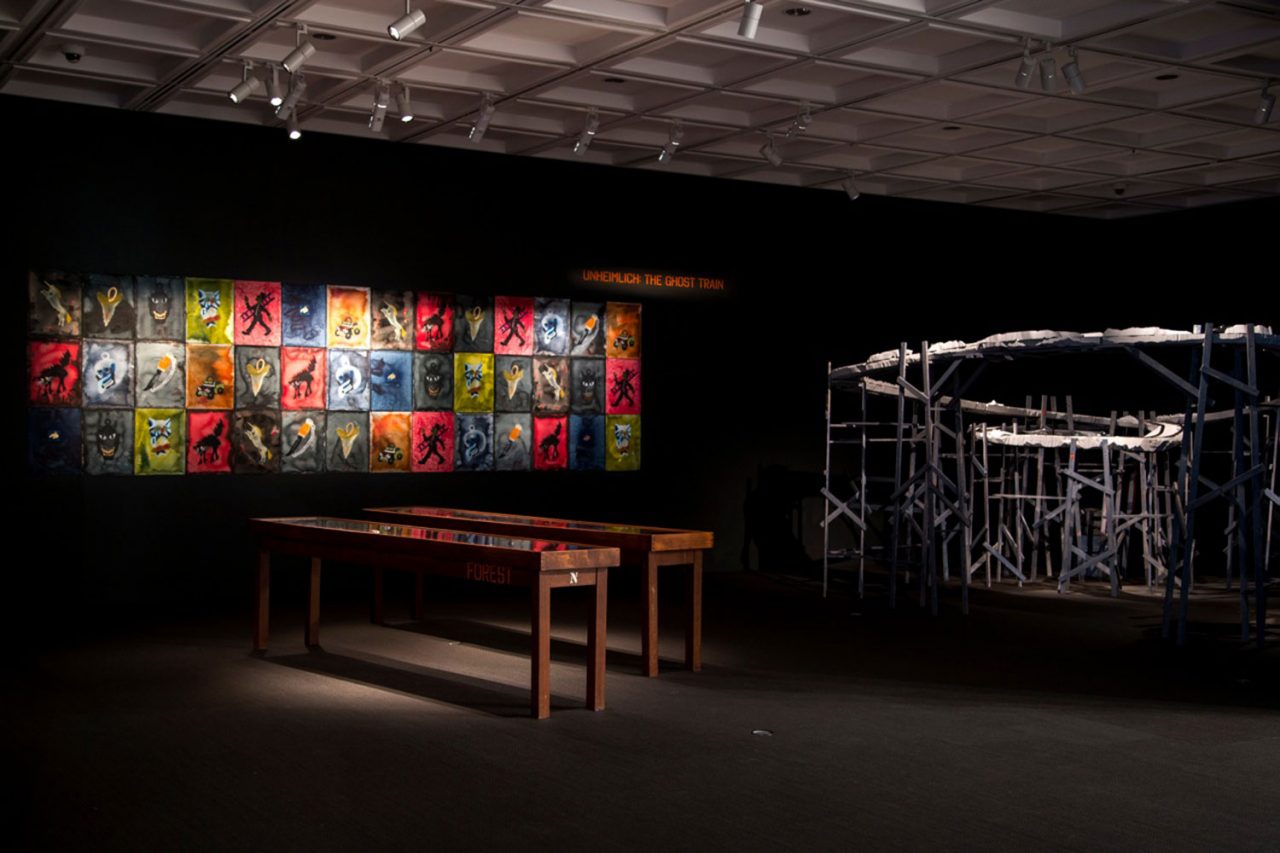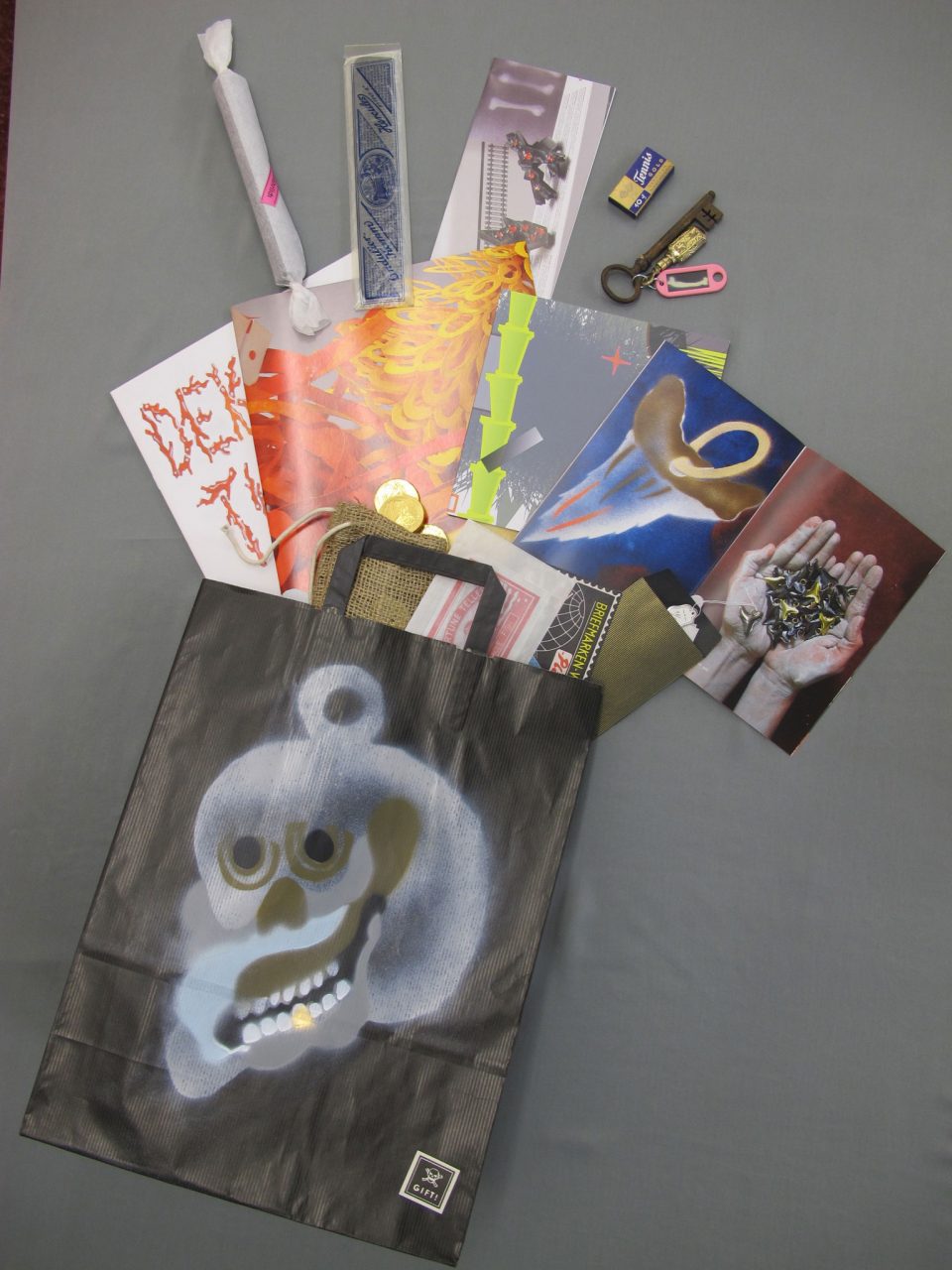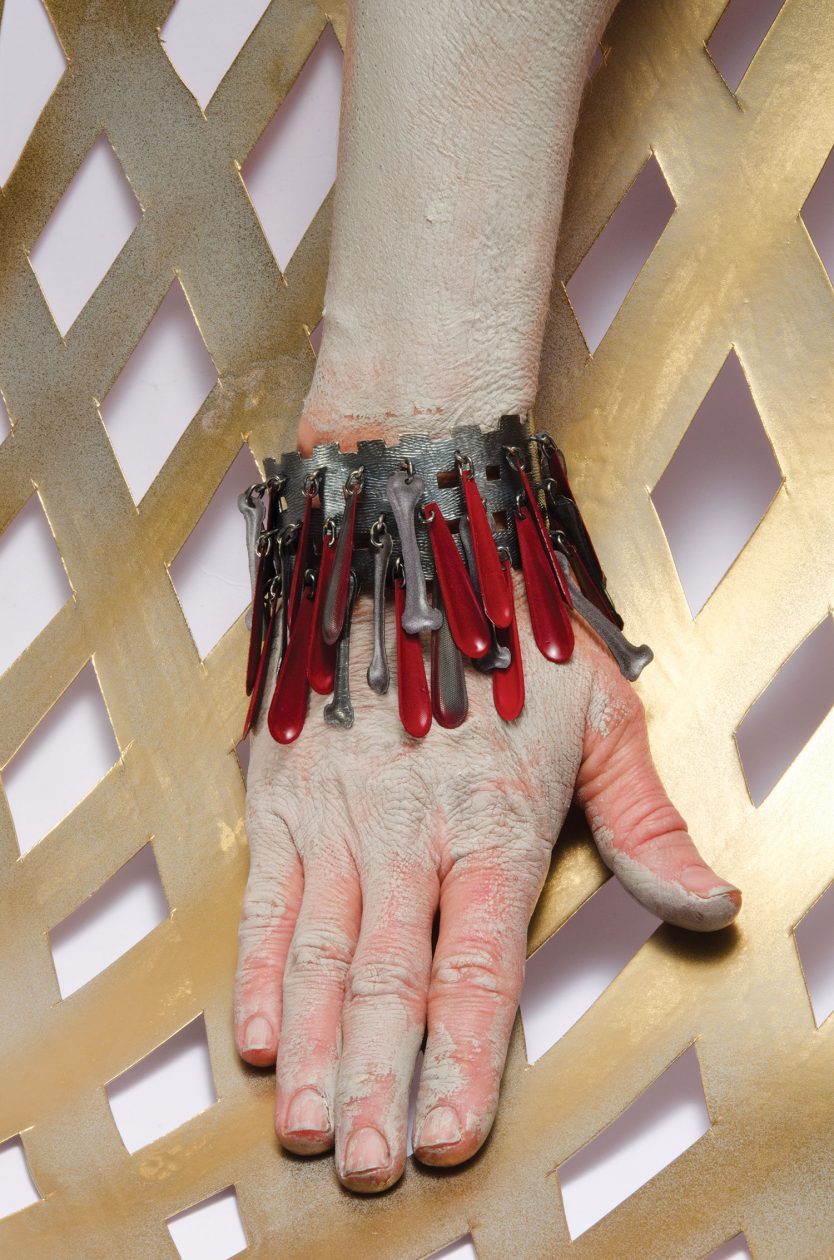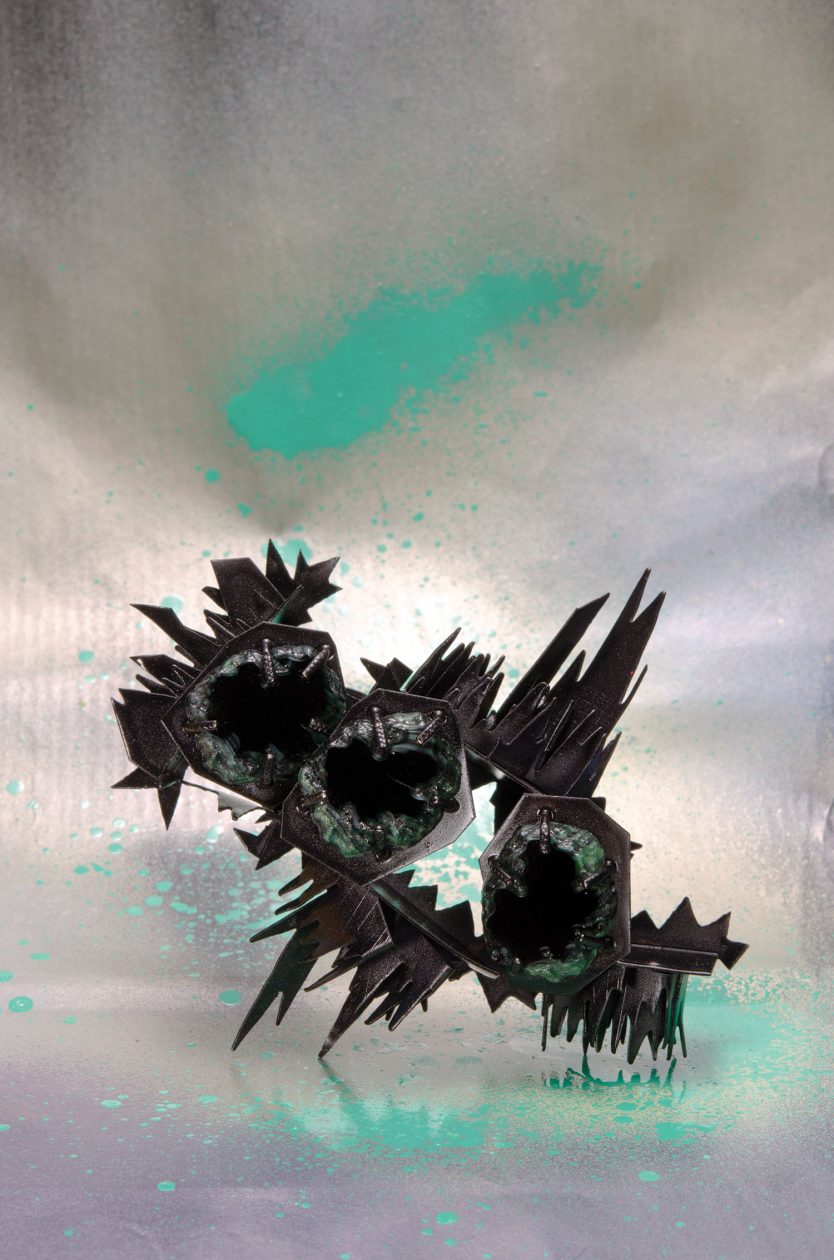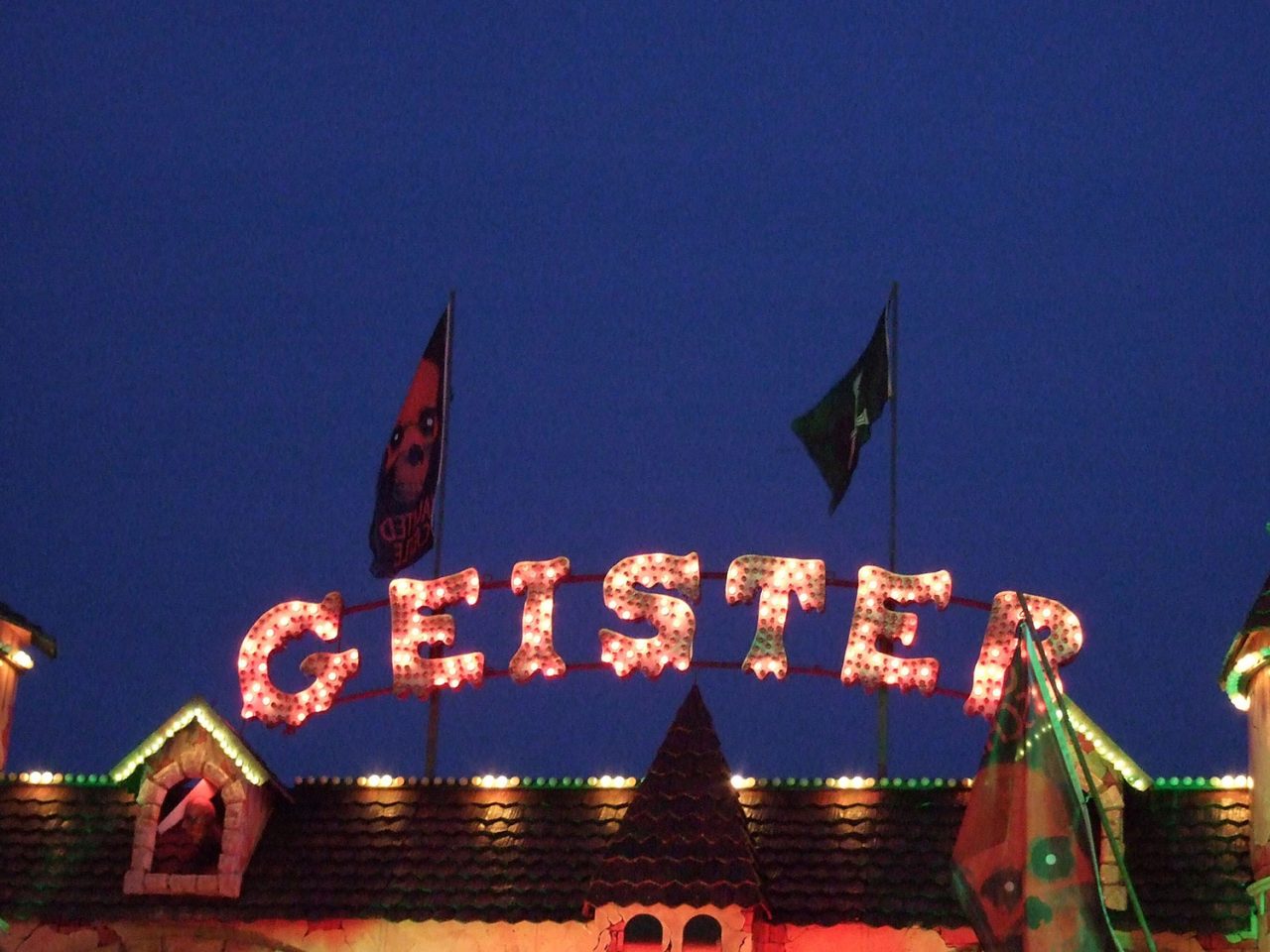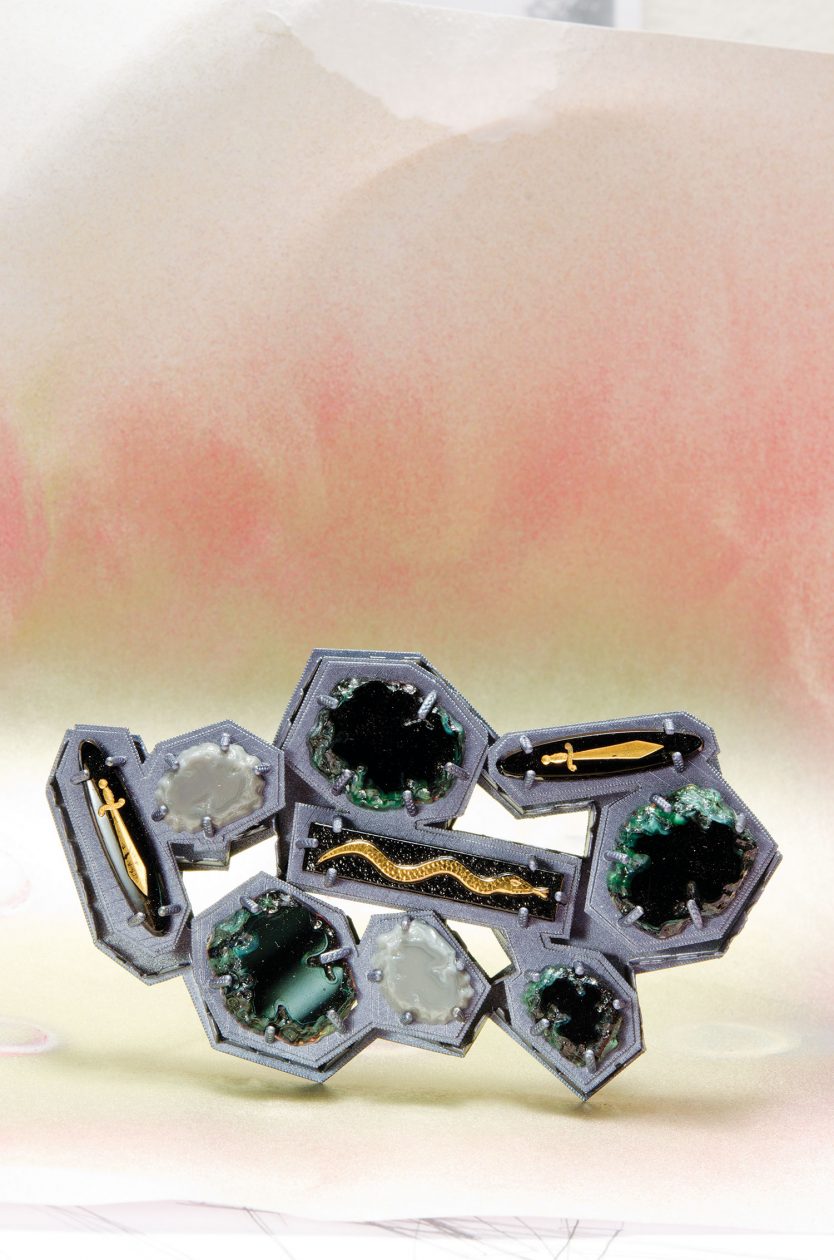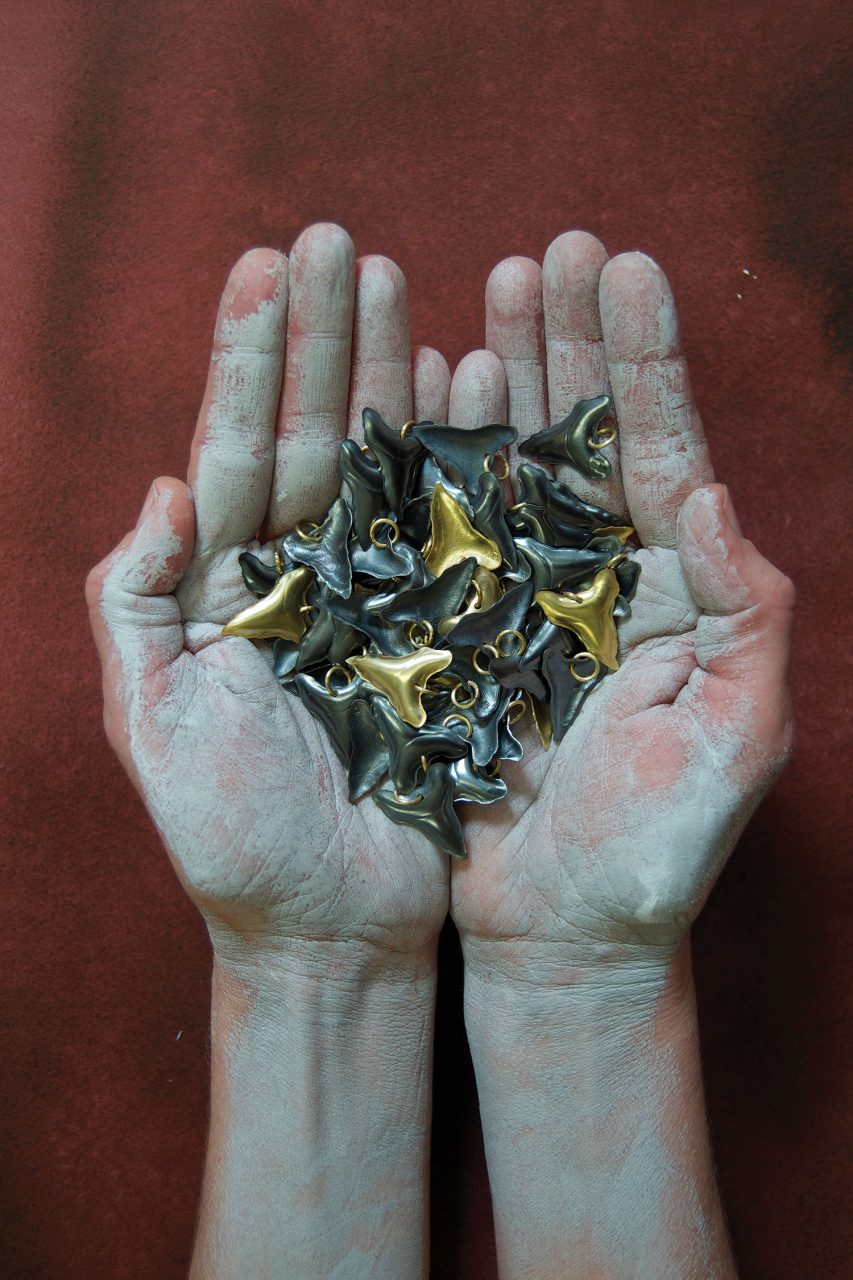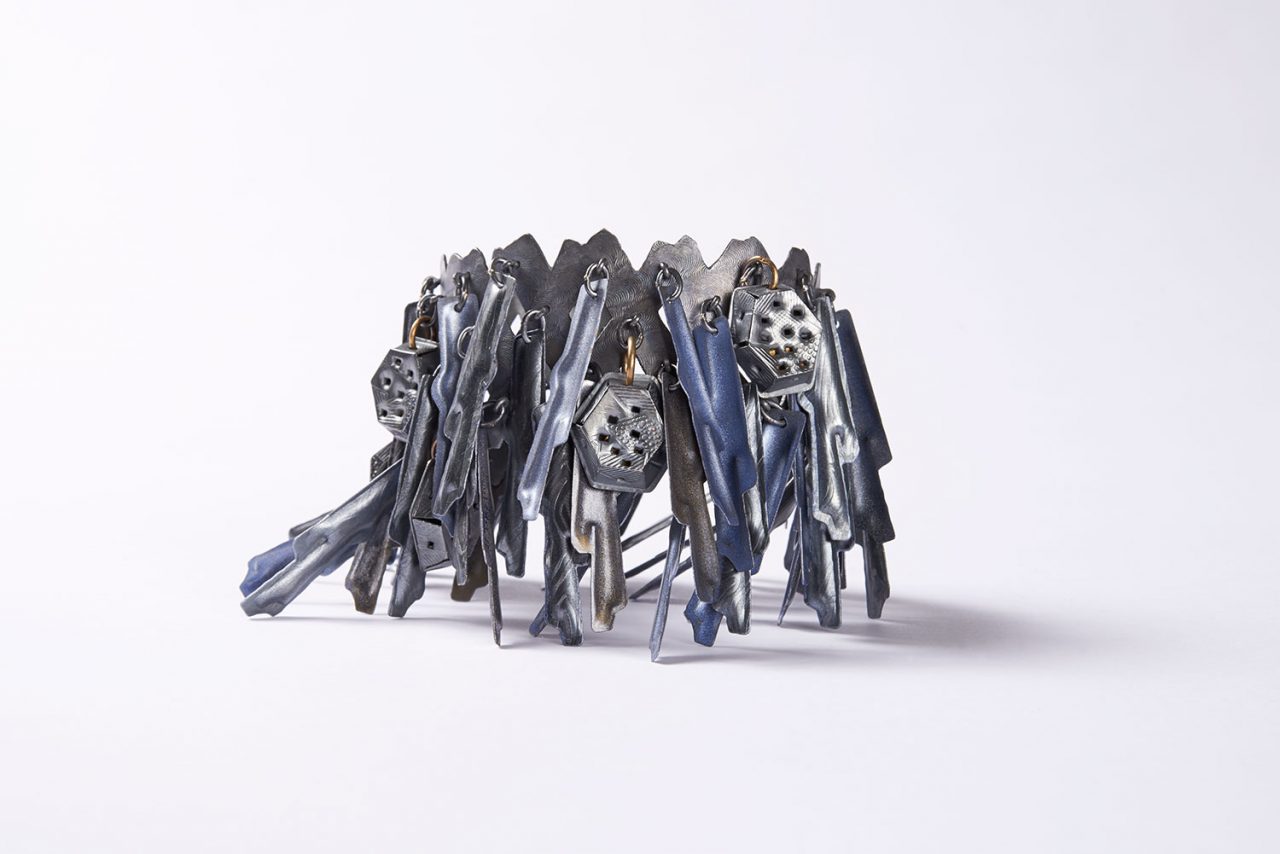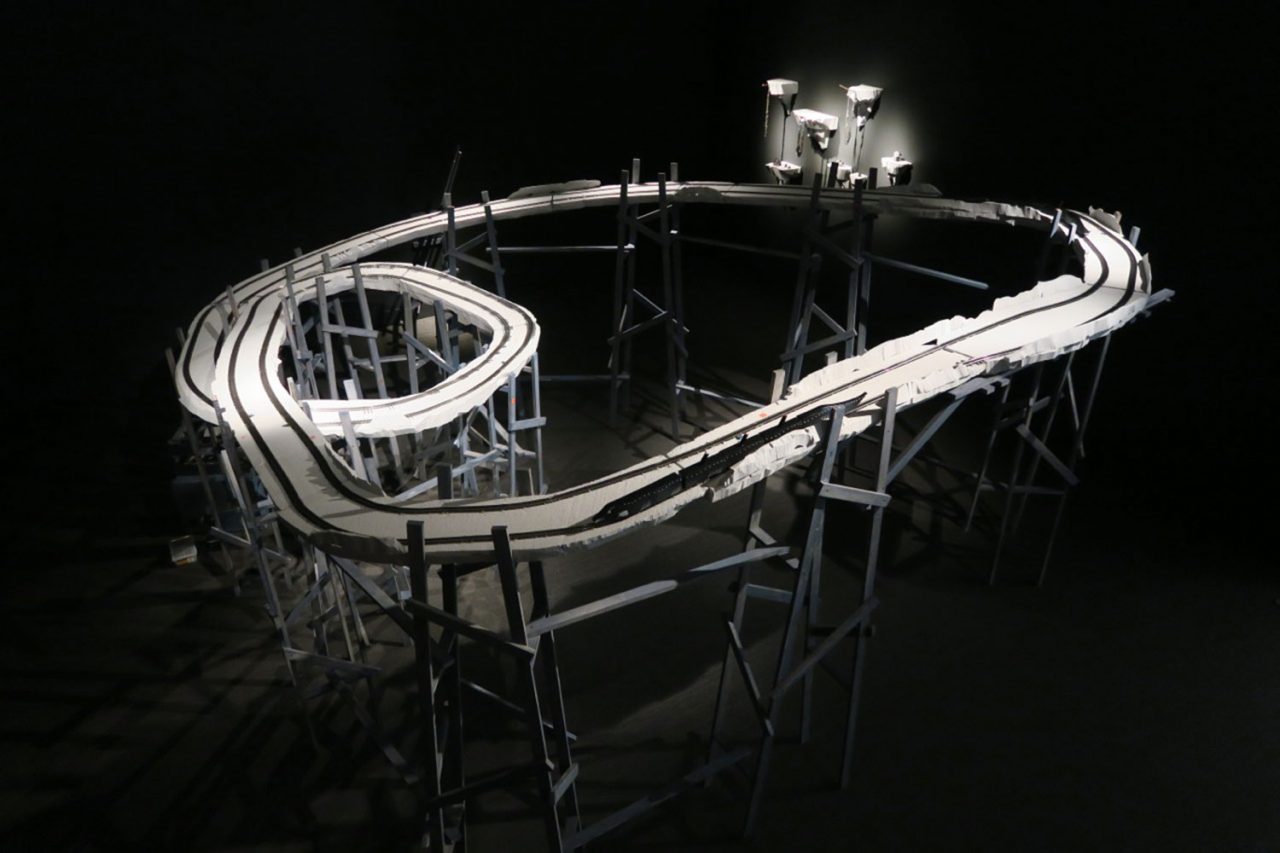
Unheimlich and The Ghost Train
When I was growing up in Australia there was the yearly Show. In fact there still is. Everyone comes to town to show their best animal, their best vegetable and the best thing they can bake, pickle, or preserve. There are show bags to be had, wonders to be seen; shearing, wood chopping, dogs with wild hairdos. A fabulous spectacle connecting the country to the city.
Then there is Side Show alley. Fun rides, shooting parlours, mangy, bad tempered ponies that children can ride at their own risk. It’s a seedy scene, with rumours of sex and violence, of transient livelihoods; jailbirds and petty criminals, the underbelly. Nestled in amongst all this are The Ghost Trains.
As a small child, in a state of fear and excitement, I would avert my eyes when walking past a Ghost Train. A glimpse was enough. I was also of the firm belief that the disused railway sheds on the other side of the swamp where I grew up were haunted and that even touching the walls of these buildings with a piece of wood would lead to certain death. The fear was genuine, but so was the fascination. Carefully kept trinkets from that distant past have become symbols of a primal contradiction. The allure of the unknown and ultimately unknowable.
Helen Britton 2014
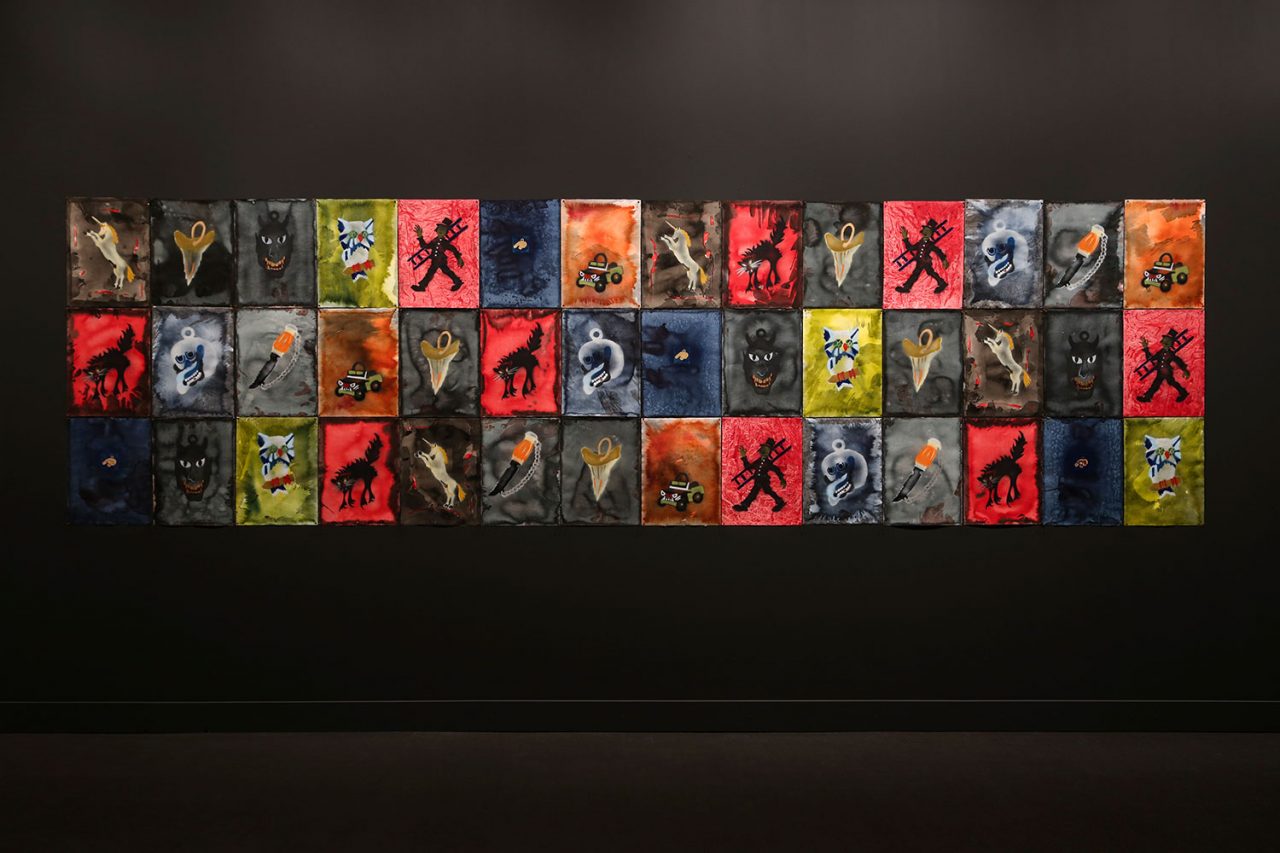
Perturbante
It’s difficult to outline the idea of the unheimlich, the “uncanny”, in words, perhaps even more so for an Italian. In general terms, the Italian mentality seems to possess a more rational tendency, probably due to the uninterrupted influence of classicism which has conditioned studies of anything that is difficult to decode and of a clearly ambiguous nature, like the uncanny. If we think of the Gothic revival, the English garden and its association with a passion for ruins and sepulchral poetry, of the complexity of the concept of the sublime in European Romanticism, we can begin to understand how interest in the dark side and in the ambiguity of an emotion that mixes horror and pleasure has put down much deeper roots in northern Europe. Sensitivity towards the dark side, in the Italian psyche, is more closely connected with the influence of the Catholic religion, the themes of death, sin, punishment and guilt. The sense of the macabre, for example, has been developed in several forms of momento mori, including “Danze macabre”, “Trionfo della morte” and “Vanitas” in art and folklore performances in which religious faith is intertwined with rites of pagan origin, magic and superstition. The term “macabre” reflects a sensation of fear, horror and dread, while the equivalent of the German unheimlich refers rather to something that can be defined as “unsettling” or “sinister”. When Sigmund Freud’s seminal work (Das Unheimliche, 1919) was translated (into Italian), the term “the disturbing” was used, deriving from “perturbamento: the state of people or things that have been deeply disturbed or upset”.
The accent is therefore on the effect of a shock, of a loss of tranquillity and serenity. What is it that produces this reaction, what is the origin of such profound disturbance?
Let us attempt a synthetic definition: the arcane sensation of bewilderment and displacement experienced by a person who has to face up to “everything that should have remained secret, hidden, but which has instead come to the surface” (Freud).
Unheimlich is therefore an emotional perception originating from the vision of something loaded with stimuli that are both contrasting and incongruent, and which enter into contact with the most archaic dimensions of our Ego. From a remote, separate sub-stratum emerge shapes and images that through their association and union provoke confusion, arouse ambivalent feelings. Fear and anxiety fuse into a mysterious attraction, an inexplicable but intense fascination.
Confronting this problem implies deciding to undertake a trip into the deepest, darkest side of the human spirit, sounding out obsessions, fantasies and retracing archetypes and symbols.
Unheimlich: The Ghostrain thus becomes the perfect metaphor for this artistic project, born out of the desire to examine an aspect so fleeting, ineffable and enigmatic, and moulding it into a group of pieces of jewellery, concrete results of the intense exploration undertaken in unknown territory.
An indivisible component of the project is the theatrical ambience of the presentation, not just for the contextualisation of the works, but above all as a necessary means to convey to the public the intense, unpredictable sensation of uncovering the hidden within the apparently visible.
Bibliography
Freud Sigmund, Il perturbante in “Leonardo e altri scritti”, Boringhieri, Torino, 1969, Pg 267-307.
Milani Raffaele, Il fascino della paura. Guerini e Associati, Milano, 1998.
Carotenuto Aldo, Freud, Il perturbante. Bompiani, Milano, 2002.
Carotenuto Aldo, Il fascino discreto dell’orrore. Bompiani, Milano, 2010.
Maria Cristine Bergesio 2014
